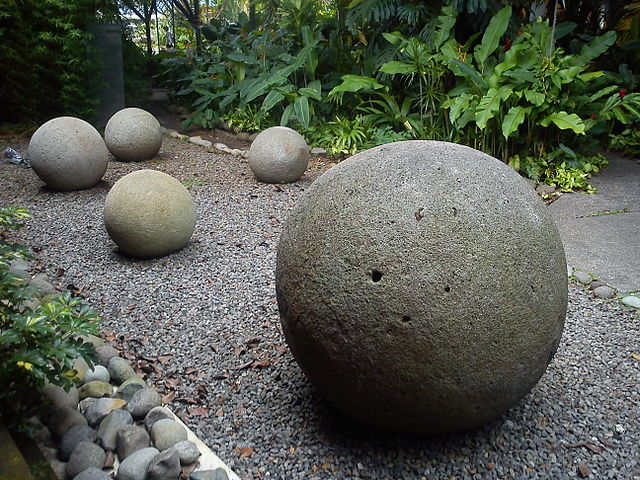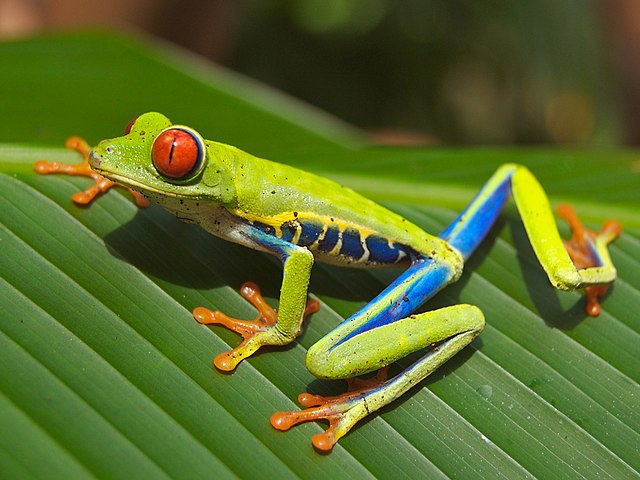Dictatorship of the Tinoco brothers
The Dictatorship of the Tinoco brothers, also Tinochist or Peliquist Dictatorship, or Tinoco regime is the period of Costa Rica in which the military dictatorship led by Federico Tinoco Granados as de facto president and his brother José Joaquín Tinoco Granados as Minister of War was in place. It began after the 1917 Costa Rican coup d'état on January 27, 1917 and culminated with the departure of Tinoco from Costa Rica to France on August 13, 1919 three days after the murder of his brother and after a series of armed insurrections and massive civil protests known as the Sapoá Revolution and the 1919 student civic movement.
Dictatorship of the Tinoco brothers
Woodrow Wilson
Citizens of San Jose, Costa Rica, fleeing before the troops of President Tinoco - August 1919
Maroy Building, where once was located La Información newspaper, which was set on fire by protesters.
Costa Rica, officially the Republic of Costa Rica, is a country in the Central American region of North America. Costa Rica is bordered by Nicaragua to the north, the Caribbean Sea to the northeast, Panama to the southeast, and the Pacific Ocean to the southwest, as well as maritime border with Ecuador to the south of Cocos Island. It has a population of around five million in a land area of 51,060 km2 (19,710 sq mi). An estimated 333,980 people live in the capital and largest city, San José, with around two million people in the surrounding metropolitan area.
Stone spheres created by the Diquis culture at the National Museum of Costa Rica. The sphere is the icon of the country's cultural identity.
The Ujarrás historical site in the Orosí Valley, Cartago province. The church was built between 1686 and 1693.
The 1849 national coat of arms was featured in the first postal stamp issued in 1862.
Red-eyed tree frog (Agalychnis callidryas)








